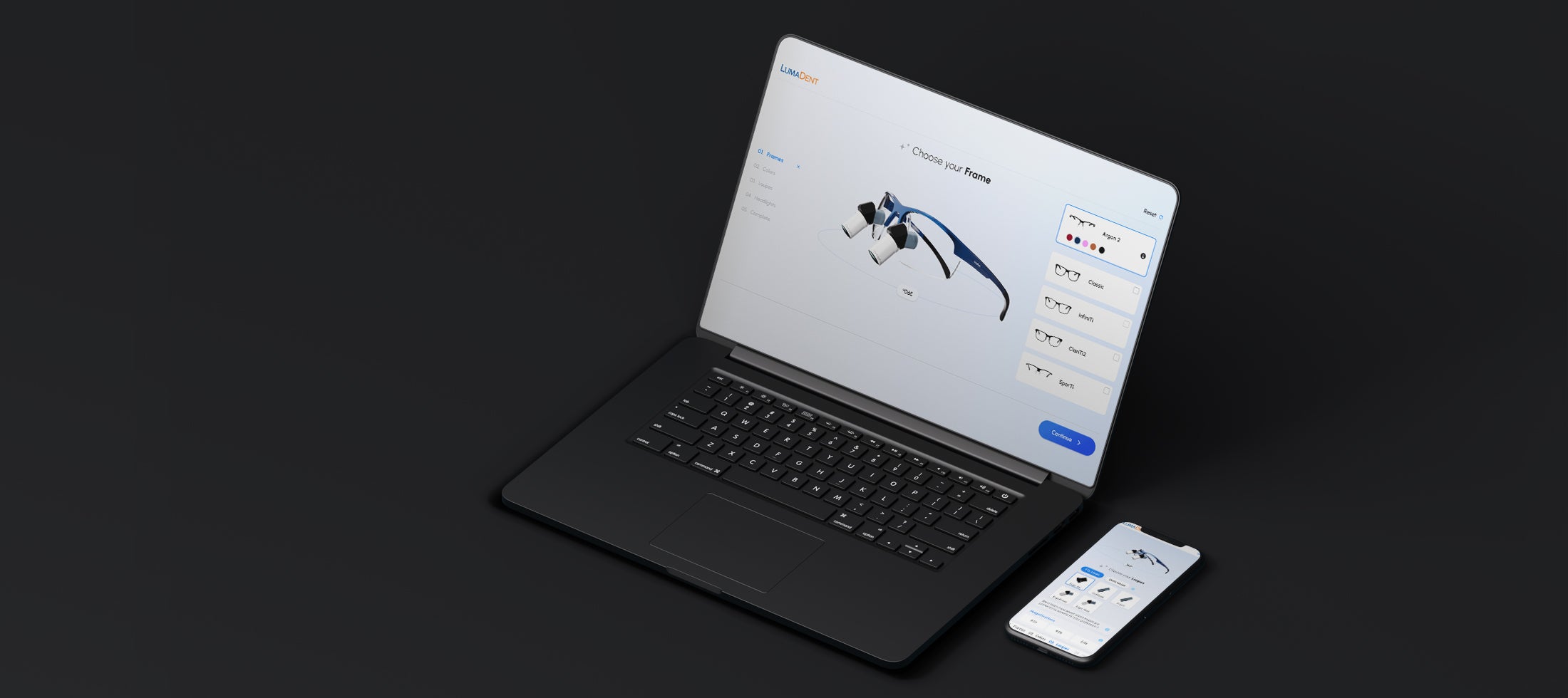What sets Loupes apart from regular glasses are the telescopes. There are 2 main types of telescopes (also known as "oculars" or "magnifiers") available for Loupes - Galilean and Prism. Each has it's own pros and cons and it's important to know the differences and benefits for you to have the best experience with your Loupes.
Galilean Telescopes - Relatively simple 2 (typically) lens telescope. Provides lower magnification with reduced field-of-view (FOV) as magnification increases. Named after their inventor - Galileo Galilei, who invented this technology in 1609.
Prism Telescopes - More complex design. Includes lenses plus a "prism" in between, which reflects and magnifies without reducing FOV.
We typically recommend Galilean telescopes for first-time Loupes users. This is for 2 reasons:
- Galilean telescopes are inherently lower magnification than Prisms
- Galilean telescopes are more "forgiving" than Prisms
For first time Loupes users, there can be an adjustment period of getting used to using your Loupes. All of a sudden you're seeing things at 2.5x normal magnification and it takes time for your brain to get used to this. Starting with a lower magnification can make it easier to train your brain to use Loupes.
Galilean telescopes are also more forgiving in terms of FOV and line of sight. With the newer and more powerful Prism telescopes, you must have your line of sight DIRECTLY THROUGH THE CENTER of the oculars in order to take advantage of the benefits of Prisms. In this way Galilean telescopes are indeed more forgiving - fewer adjustments are required to ensure effective use. This flexibility comes with a cost, though - the higher your magnification gets, the smaller your FOV will become. This isn't caused by bad product design - it's just the way telescopes work. The closer you look at something, the less of the bigger picture you will see.
If you're a battle-hardened Warrior-Dentist, you'll definitely want Prisms. While they can require more fine-tuning, when securely fit and properly adjusted Prism telescopes provide higher magnification with a wider FOV. It's like having your cake and eating it too!
Takeaways:
Galilean telescopes - Lower magnification, less FOV with more magnification, more forgiving, better for first-time users.
Prism telescopes - Higher magnification, and wider FOV, require more care when measuring and wearing to ensure effective use.




Share:
Overhead Lights vs. Dental Headlights
TTL vs. Flip-up